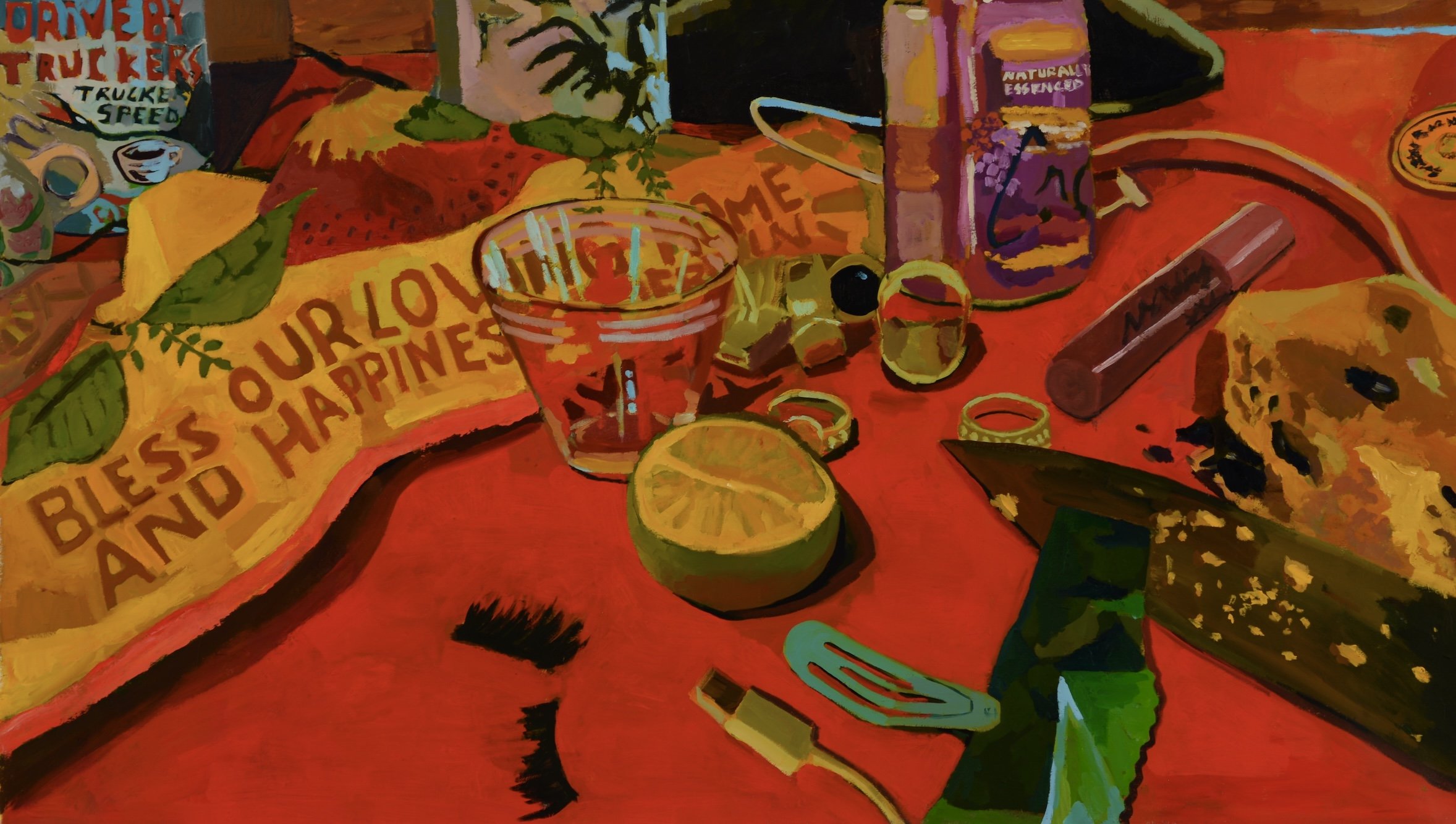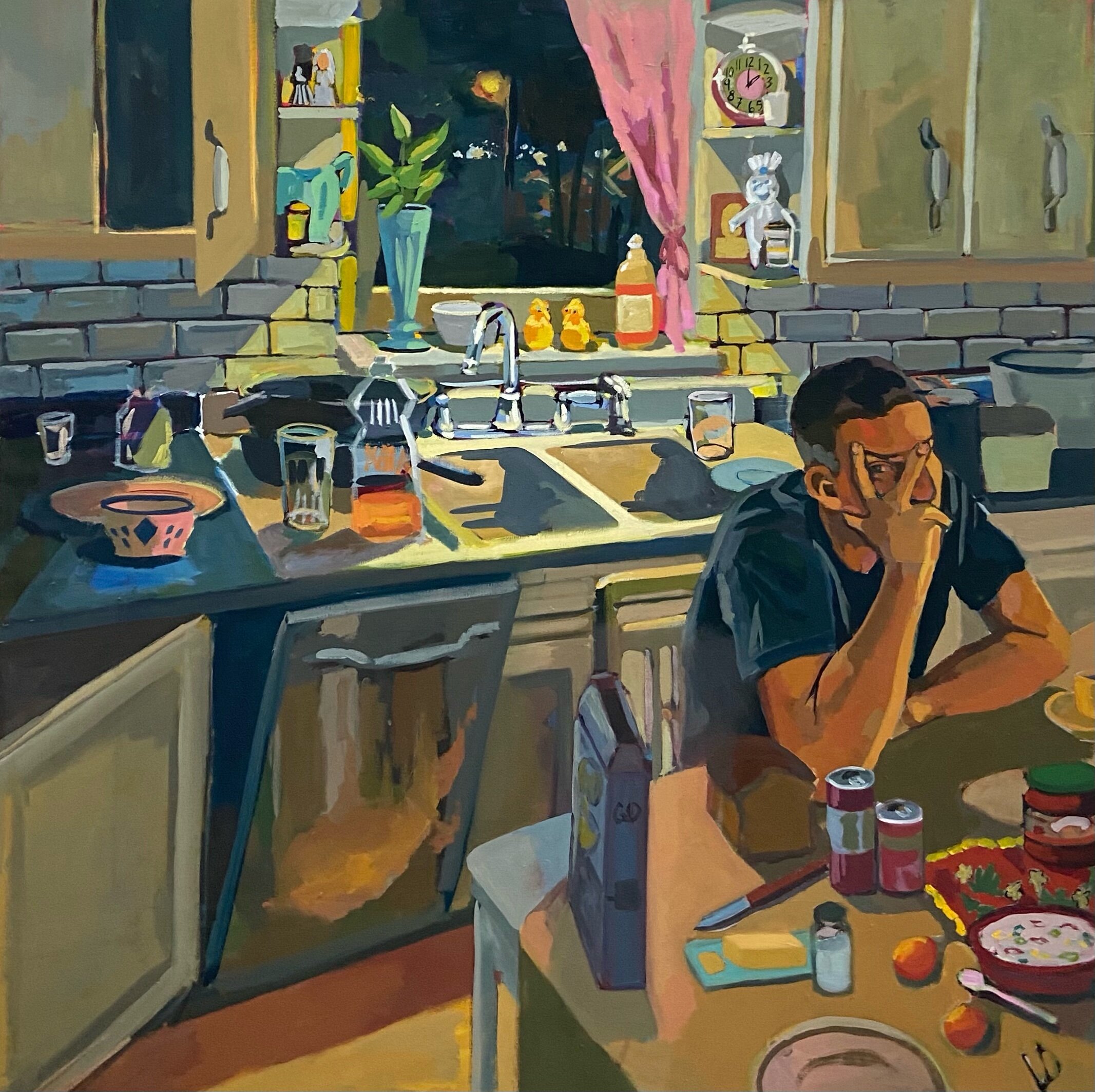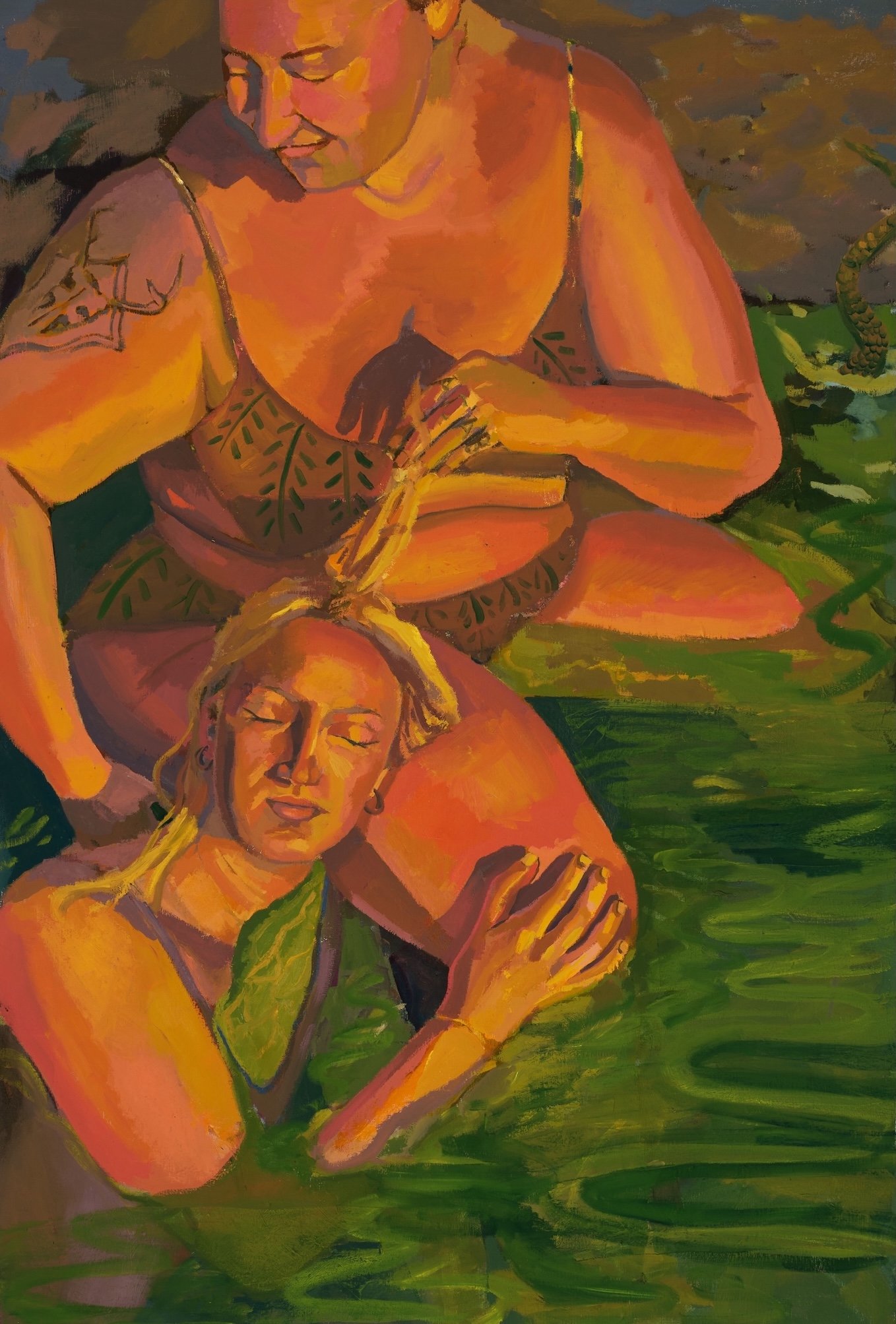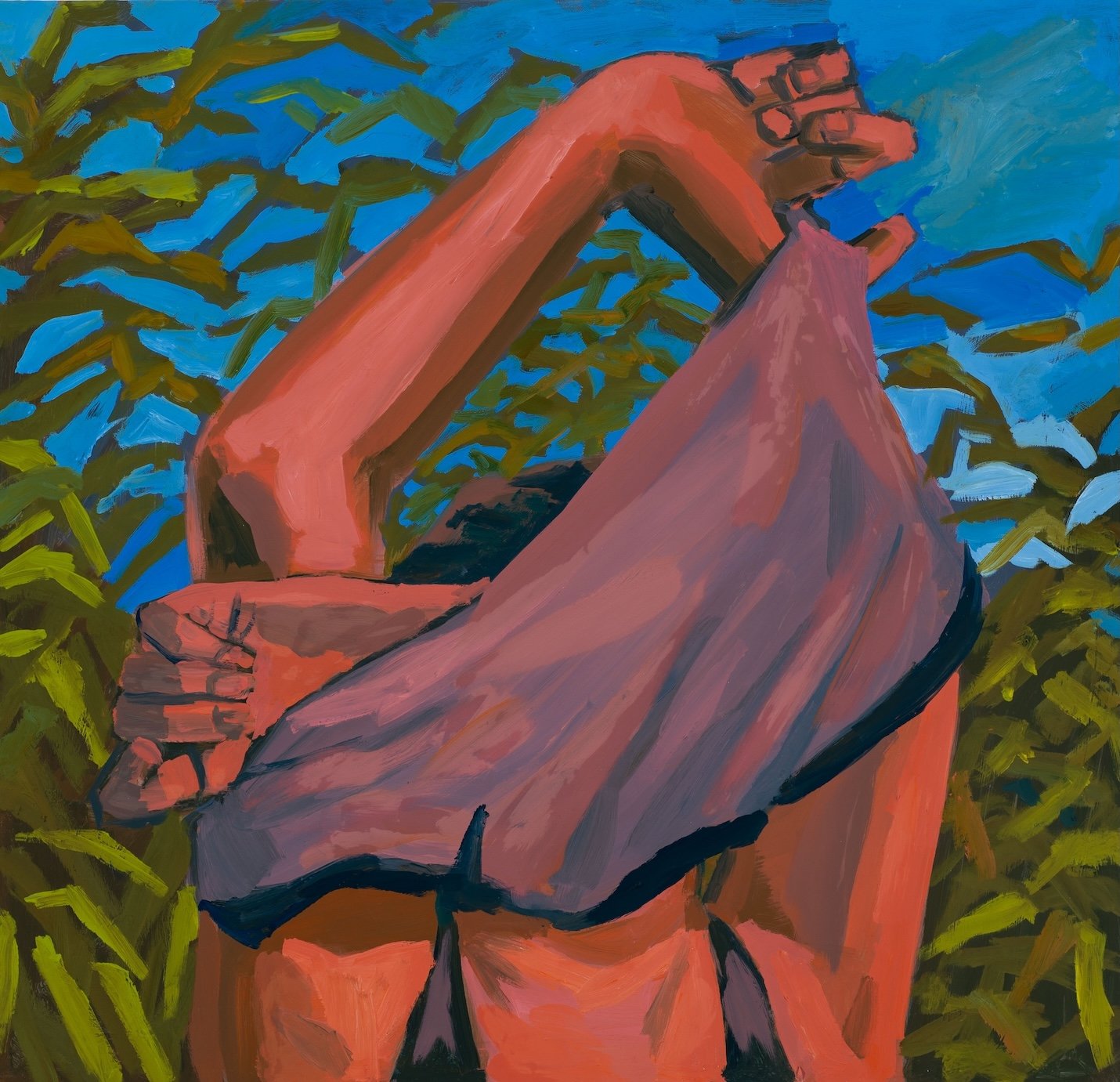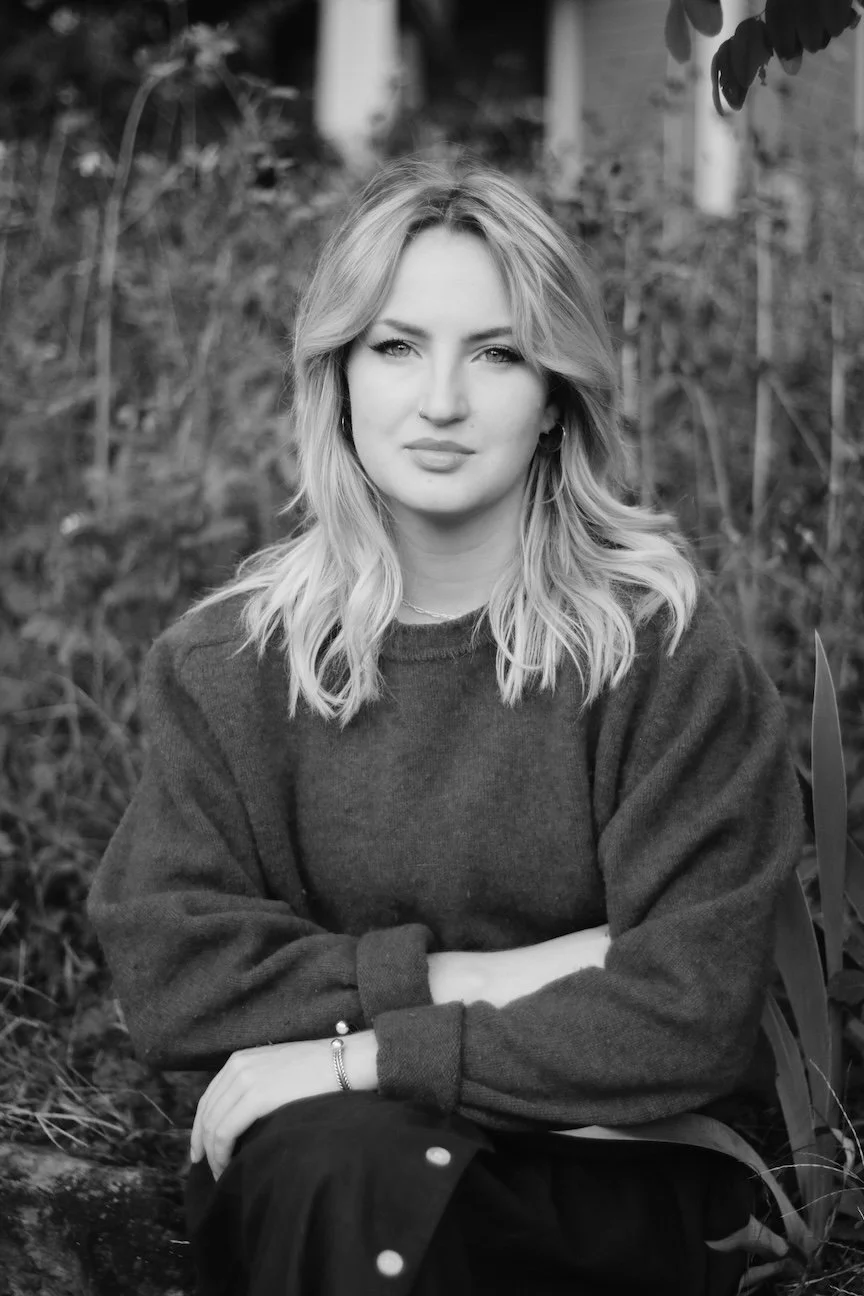Interview with artist Greta Kresse
Greta Kresse is a Little Rock native currently pursuing her MFA at the University of Arkansas Fayetteville. She grew up in a family of creatives and it shows in her already mature and unique work that celebrates friendship, community, and the Arkansas landscape. More of Greta’s work can be found at her website gretakresse.com. (Profile photo by Emma Nelson)
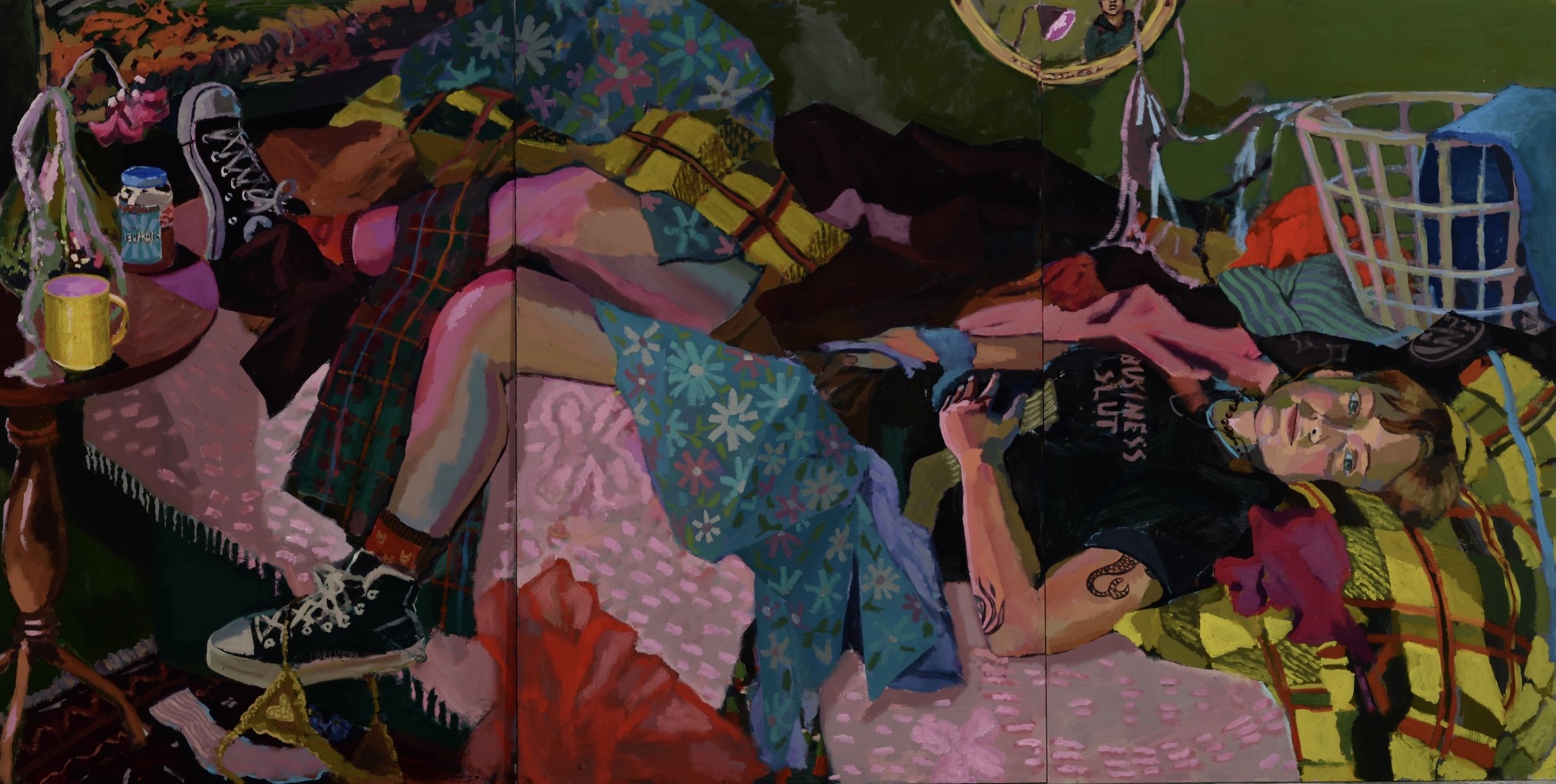
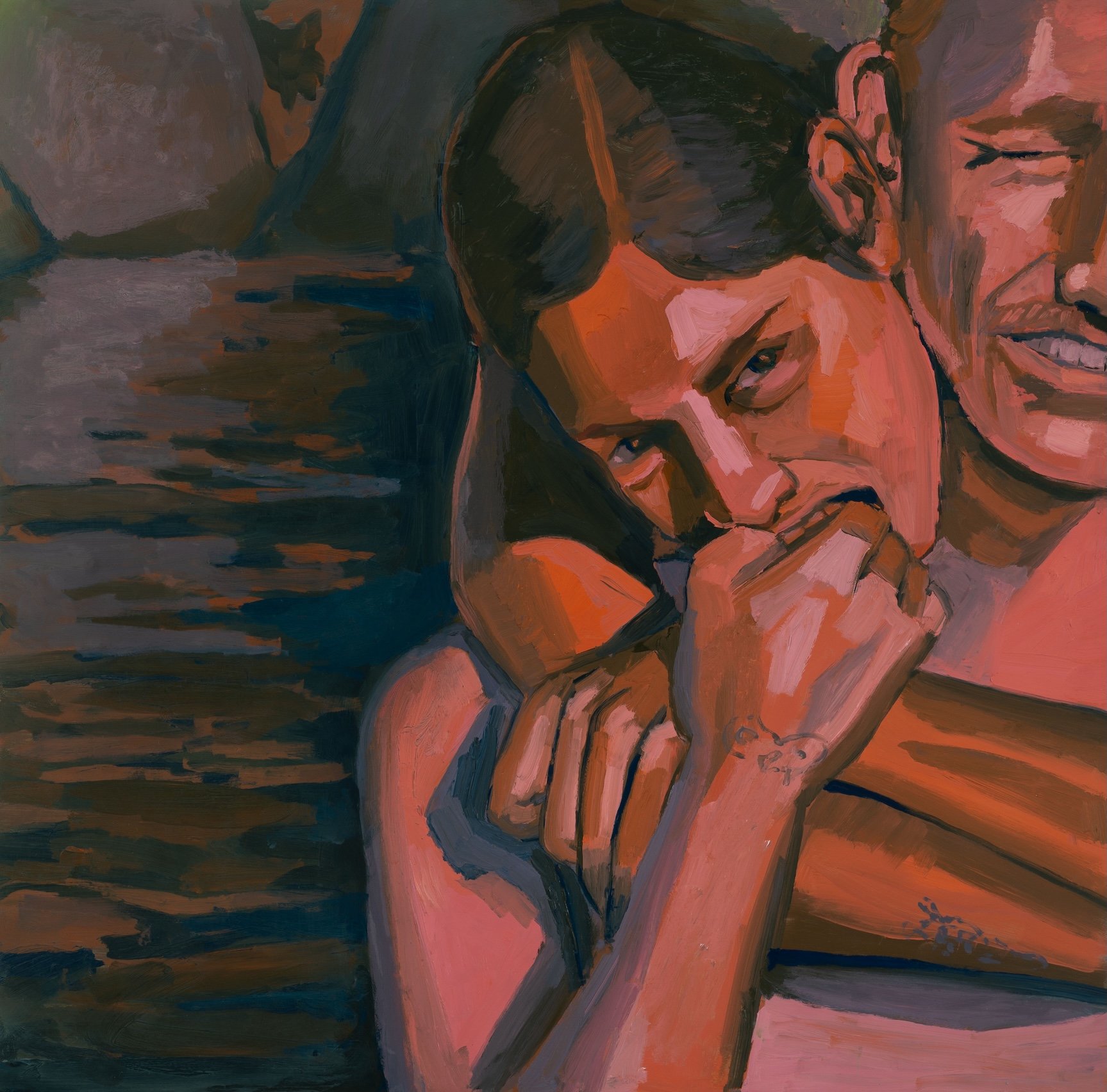
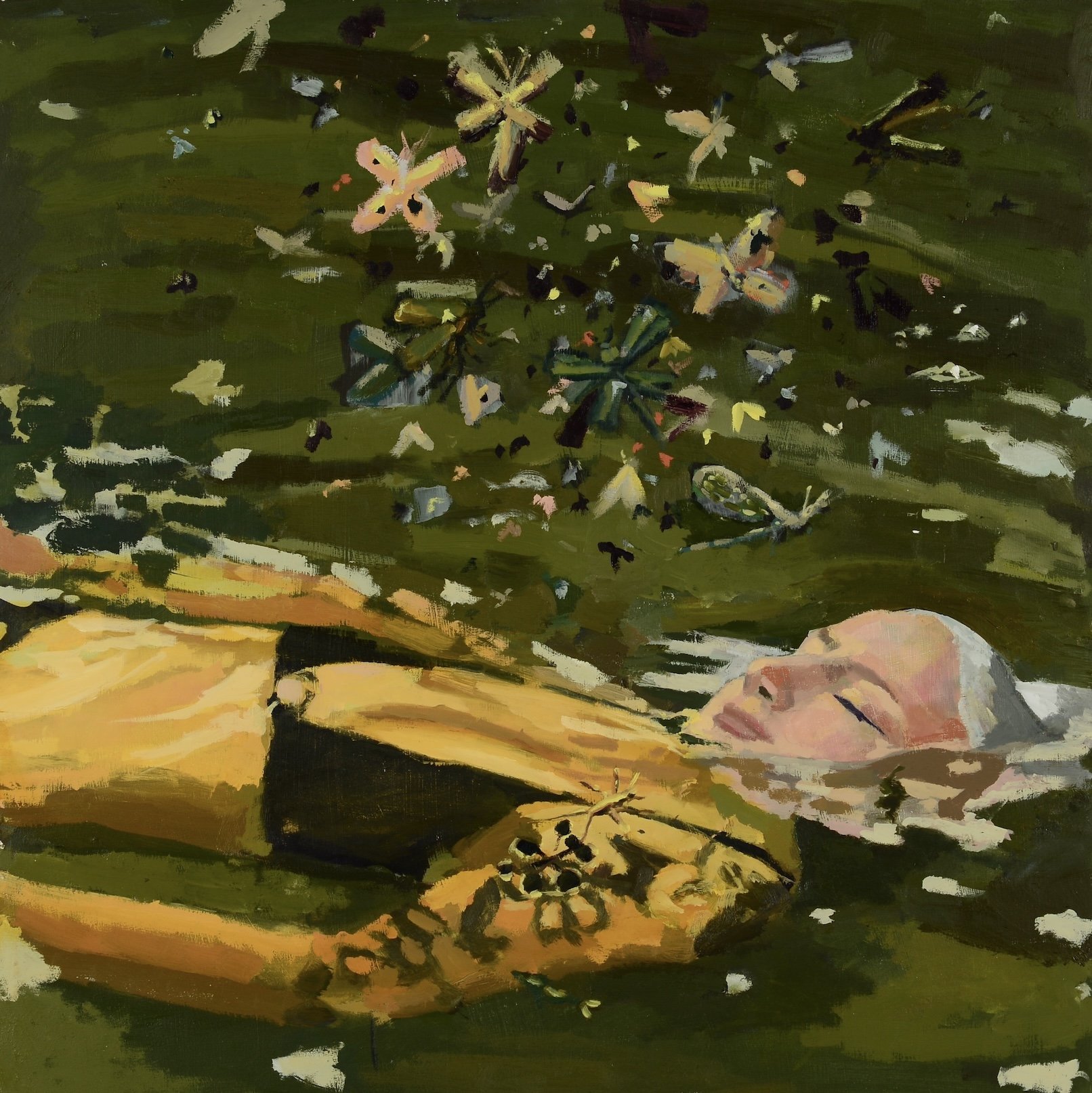
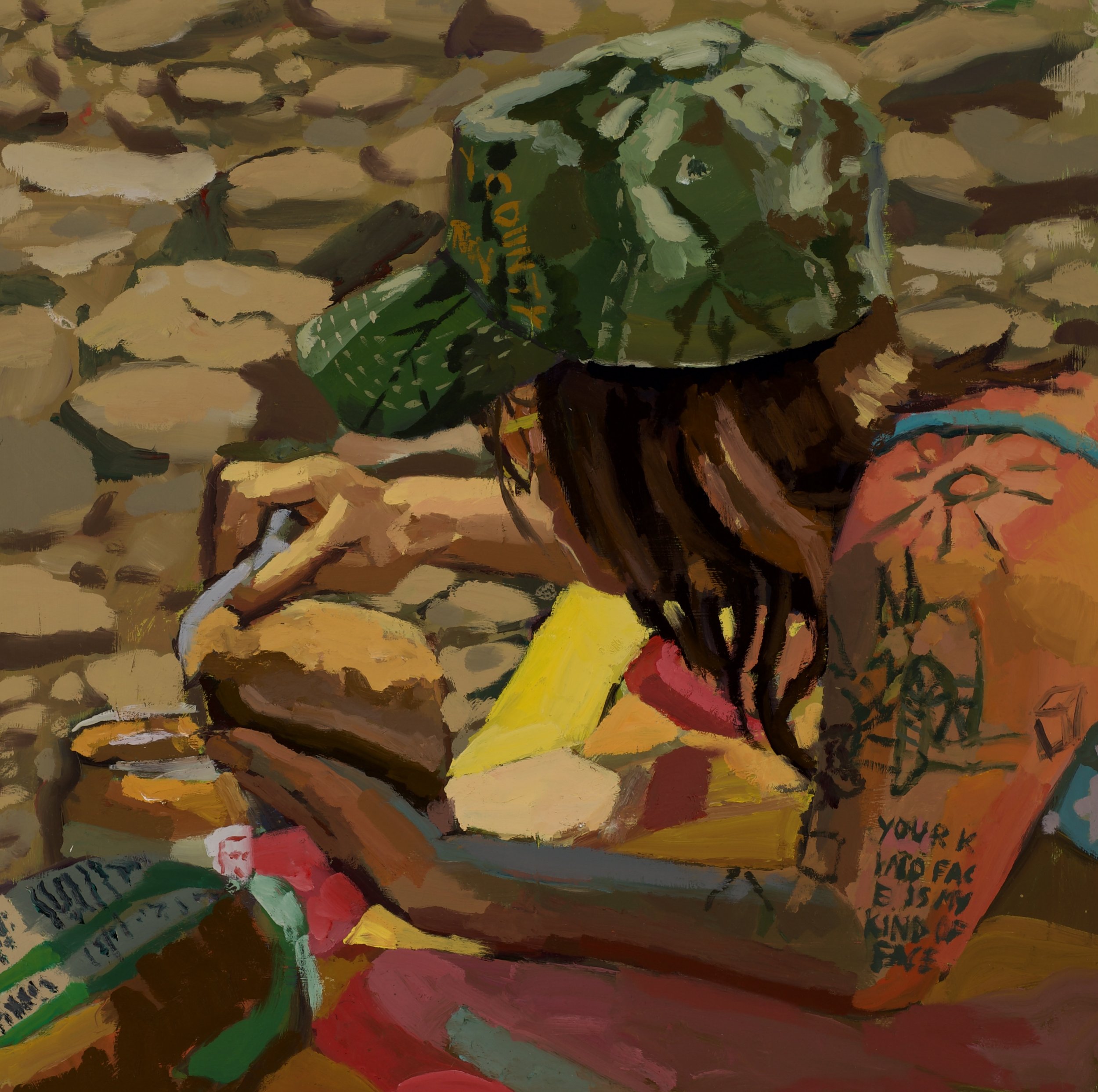
AAS: Greta, the Kresse name will be undoubtedly recognized by readers of this blog. I interviewed both your father Kevin and your aunt Cynthia a few years ago. I know you were raised in Little Rock, but where are you now?
GK: Yes! We all have an artistic affliction we can't shake – I am definitely in good company. I went to high school at eStem in Little Rock, then attended Hendrix College for my undergraduate degree, and now I'm pursuing my Master's in painting from the University of Arkansas Fayetteville. It's been wonderful to live in Northwest Arkansas near Cynthia, who is making great pastel pieces. This past September, my dad unveiled Johnny Cash at the US Capitol in DC, which was amazing to witness after seeing it years in the making. My younger brother is at the University of Arkansas as well, making phenomenal work, so it's not a bad time to be a Kresse.
I did not expect to be in Arkansas this long, but I have grown to be so appreciative of the community I've built here. It is a real gift to rediscover your home as an adult.
AAS: What was it like growing up surrounded by a family of artists and art lovers?
GK: Definitely. It was an invaluable experience, and my family history and art are deeply intertwined. Seeing my dad choose art daily made it feel like a valid path. He was primarily self-taught and worked extremely hard to provide for our family with his craft. His studio was above Vino's until I was about 11 – the walls had peeling green paint, the floors were covered with vintage rugs, and the air was always thick with the hops from below and the clay he kept in the crock pots. My dad is no preacher and leads by example, so I think just quietly observing him make his paintings in that space above the music and activity was really formative. We are both figurative painters, and despite our work being really different, his heroes like Caravaggio, Lucian Freud, and Jerome Witkin became my heroes and provided a basis for my love of the figure. My parents also moved us to Italy for a year when I was in middle school, deepening my love of Renaissance painting and establishing travel as a core value.
Seeing the arts community in Little Rock in general taught me about passion, grit, and how art is a vital path, not just a hobby. It showed me that the art from where I was from was complex and not easily categorized. I don't know how I could not be a part of that.
AAS: Tell me about your time at Hendrix and now UA.
GK: Hendrix has a small art program, but I was lucky to really connect with Matthew Lopas. He holds his students to a high standard, which is exactly what I needed. I could always count on him for honest feedback. In my final year, I was told I was basically a prodigy all semester until he got back from sabbatical and told me I had to overhaul my whole show - he was right, haha! We still go out and do plein air painting sometimes.
During undergrad, I was lucky enough to attend a few different art programs, but I owe a lot to the Mount Gretna School of Art. It's a seven-week art intensive in Pennsylvania. They provided me with a full need-based scholarship for two summers, and I learned more there than I ever could have hoped. They bring around six different artists to teach landscape painting and figure drawing, as well as countless lecturers and visiting artists. You get to work through a lot in a short amount of time and live and work amongst a really diverse group of painters. They are doing everything for the right reasons there.
The master's program at UA has been a great extension of my education. I felt like I needed to elevate not only my work but also my writing and research. The three-year program gives me a lot of comfort to experiment and lets me work and evolve with ease. The facilities and studios are phenomenal, and it has been great to get feedback from professors who are so different from me. My education up until this point has been pretty traditional, so getting diverse perspectives gives me permission to try things that are opening up my painting. I also am getting to try my hand at teaching, which is its own skill set too.
AAS: I want to ask you first about Can You Hear It Sing?. For me, it is what I think of as a work by Greta Kresse – exuberant color, unique focal perspective, and a depiction of “ordinary” real life. Is that a fair description?
Can you Hear it Sing?, oil on canvas, 57“ x 57”
GK: Thank you! This painting felt like a distillation of a lot of interests. This was part of the central goal of the series to depict the heat and humidity of the summers in Arkansas. The summer here can be miserable, but I love the idea of surrendering to the discomfort amongst those you love.
This work portrays four figures in repose on a riverbank, their bodies interwoven in a manner reminiscent of organic forms. The composition draws inspiration from both a study of thistle flowers and a personal experience of a beach nap with friends over the summer. While my practice is rooted in direct observation, I also embrace using photos for accomplishing more complex pieces. I posed my friends for this piece and photoshopped the composition to get everything in the piece I wanted, like the gouged-out watermelon or the cooler off to the side. I also glazed the piece in Indian yellow to heighten the sensation of the hot sun, so the glaze sits on the painting the same way the air would.
“Painting is always the thesis of my life, so making work and sharing it is all I can hope for.”
AAS: That piece was in your recent semester end show at UA. You also had a show last year at Thea. How does exhibiting your work feel? Is it nerve-racking as well as exhilarating?
GK: Exhibiting my work is always a thrill. I was so lucky to have the Thea Foundation give me one of my first solo shows, which turned out to be a bigger undertaking than I had anticipated. I love that my work, which is so colorful and intimate, can play off the white walls of more formal spaces - it really gives the feeling that they are small portals into my life.
The Thea show was especially lovely because so many of the people who sat for my paintings showed up for the opening. Using my community in my work feels so intuitive that when my friends came to support me, and so many of them were also represented on the walls, it really surprised me. This show was also only a few weeks after I moved for grad school, so it felt like a love letter to Little Rock too. I also had my high school senior show there, which added another layer of full-circle moments. I will say, as fulfilling as it is to have the opening, share my work, and have it sell, I always realize that I don't make work for the experience of the opening. The motivation is always in the paint, and it's comforting to know that that is what will sustain me.
As for my last semester show, UA has really pushed me to think about how I can expand display and make the show more of an event. I painted on all the walls using barely-there yellow paint based on drawings that I had made of moments echoing the paintings' themes. I don't think the paintings need any more support, but fostering a more interesting installation is something I will continue to play with as I move forward to my candidacy and, finally, my thesis show in 2026.
Kresse exhibition at UA Fayetteville, 2023
AAS: All Things Visible and Invisible is a terrific Arkansas river scene, which many of us can relate to – the sometimes murky waters of Arkansas rivers and lakes. Why did you feel you needed to paint that scene?
All Things Visible and Invisible, oil on canvas, 50” x 50”
GK: Thank you! I was making this painting at the same time as Can You Hear It Sing? which is all about a social moment at the river, but I wanted to make a piece about the experience of swimming. It is a moment where I feel totally divorced from my body and connected to the world - it is truly my absolute favorite thing.
A few other pieces influenced this painting too. The song Side of the Road by Lucinda Williams was playing while I was painting. The song is about needing a moment of solitude to connect with yourself, away from even those you love most. I wanted to provide the division of worlds in an explicit way. The title is also taken from a CD Wright poem called The Ozark Odes. I loved the line "Why I come here: for a bottom, something to refer to; Where all things visible and invisible commence to swarm." I loved the idea that I, like the fish, were all together to swarm for a moment, a unifying grounding space.
AAS: Another, vibrant outdoor scene is Lean Into Sunset. Here you really explored color and pattern. Also very relatable, but I have to say it made me itch a little. I hope she is carrying a can of mosquito and tick spray ☺
Lean into Sunset, oil on board, 30” x 20”
GK: Haha, this painting might be my favorite too! When I take the stroll down to the river with all of my belongings, I always laugh a little at the cumbersome scene. Most of the things I own have organic prints too - my chairs, dress, blanket, and bags all have patterns that mimic the environment. So, I wanted to make a painting of all of those things disappearing into the brush. I am not sure how my ankles survived the reference photo, but it would be worth it regardless.
This painting felt like it could be quite conventional, and I wanted the mood to be strong, with the figure absolutely dissolving into the environment, so I tried using a super tight palette for the first time. I was not allowed to use anything except three specific colors. Not being able to use any white or dark colors out of the tube made the value structure of the painting very tight and got at the mood I was hoping for. It felt like a breakthrough when it worked.
AAS: I mentioned earlier that your paintings often capture real life but in a super creative and interesting way. Why do you think you paint the scenes you paint?
GK: For sure. My work is always based on moments of lived experience. A lot of how I choose what I paint is just by slowing down and thinking about a moment or a sensation I want to zoom in on. Sometimes it is something as simple as my counter after a drunken night out, asking what do you leave behind. Or maybe I am wanting to capture the moment when you sweat through your shirt at the swimming hole and have to peel it off - how do you communicate that moment of sticky relief?
Cropping is a big part of my process. I don't want to paint anything that is not serving the painting, so zooming in always makes my intention more potent. Painting a large scene is fun because it is a real challenge to make every part of the painting activated.
A lot of other mediums feed my practice as well. I can find a lot of inspiration myself, but it is comforting to know that you cannot do everything alone. Music feeds a lot of my work, and I frequently think of my work in the context of music. How does something have the driving rhythm of a country song or the fun of a pop song? Poetry is also big. It lives in the same ambiguous space that painting does. Making this recent body of work around rivers, I turned to poets from this region and looked at how they spoke about the landscape. Those words provided a driving force for how to compress the wisdom of the landscape. The bonding of the landscape and figures is also important to me. Depicting the diverse and loving Arkansas that I know - a place where many of my peers have chosen to build their lives - I offer a subtle protest against notions of the region.
AAS: Afternoon Memoried Now is a wonderful painting! Was that painted from a photograph? I love everything about it!
Afternoon Memoried Now, oil on board, 30” x 20”
GK: It was! It was actually painted using a Renaissance method of glazes, which you really wouldn't know since I have such a heavy hand, but there is a black and white underpainting, a limited palette, then the final layer. This painting is of my friend Temperance. She was not supposed to sit for me, but we went for an early swim and ate donuts in the water - a very Arkansas day. I loved the picture of her face abstracted by the donut and nails, the way her braid mimicked the patterns in the leaves, and the shadows on her chest. The landscape is the opposite of Lean into Sunset, for example - very detailed and almost shallow with the way it is stacked.
AAS: You also experiment with other media other than oil. I am thinking here of Porch Cut. I love the effect!
Porch Cut, cut paper collage, 30” x 20”
GK: Thank you! That was made because I was helping teach a color theory class, and they were making collages using Color-Aid paper. It felt hypocritical to assign this method without ever trying it for myself, so I made this piece. It was funny making this because I collage in the same way I paint - very intuitive and quickly, nothing is measured.
Oil paint will always have my heart, and I think painters are obsessed with what they can accomplish within the rectangle and the same materials, but trying other mediums always teaches me something. I have been trying my hand at ceramics this semester, which has been so foreign and rewarding.
AAS: Greta, where do you see yourself and your art practice in five and ten years from now?
GK: Oof, I don't know - it felt wild to think three years ahead when I got into grad school, haha! I would love to live somewhere else for a time, maybe abroad, while pursuing residencies. I like teaching, but I'm not sure if that's the goal. Painting is always the thesis of my life, so making work and sharing it is all I can hope for. It is equally humbling and validating, so I think this will keep me busy for quite some time. I hope that my work gets more and more distilled, and I can push the figure and environments to new places.
